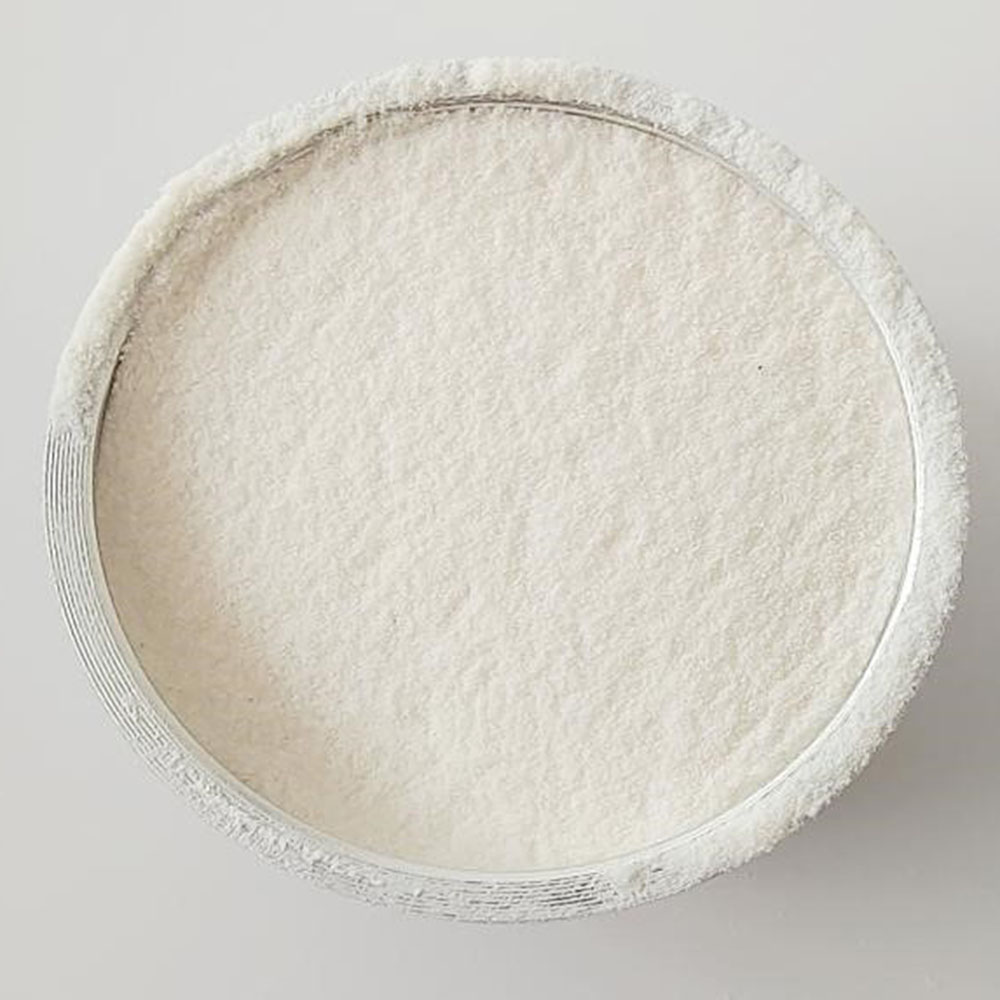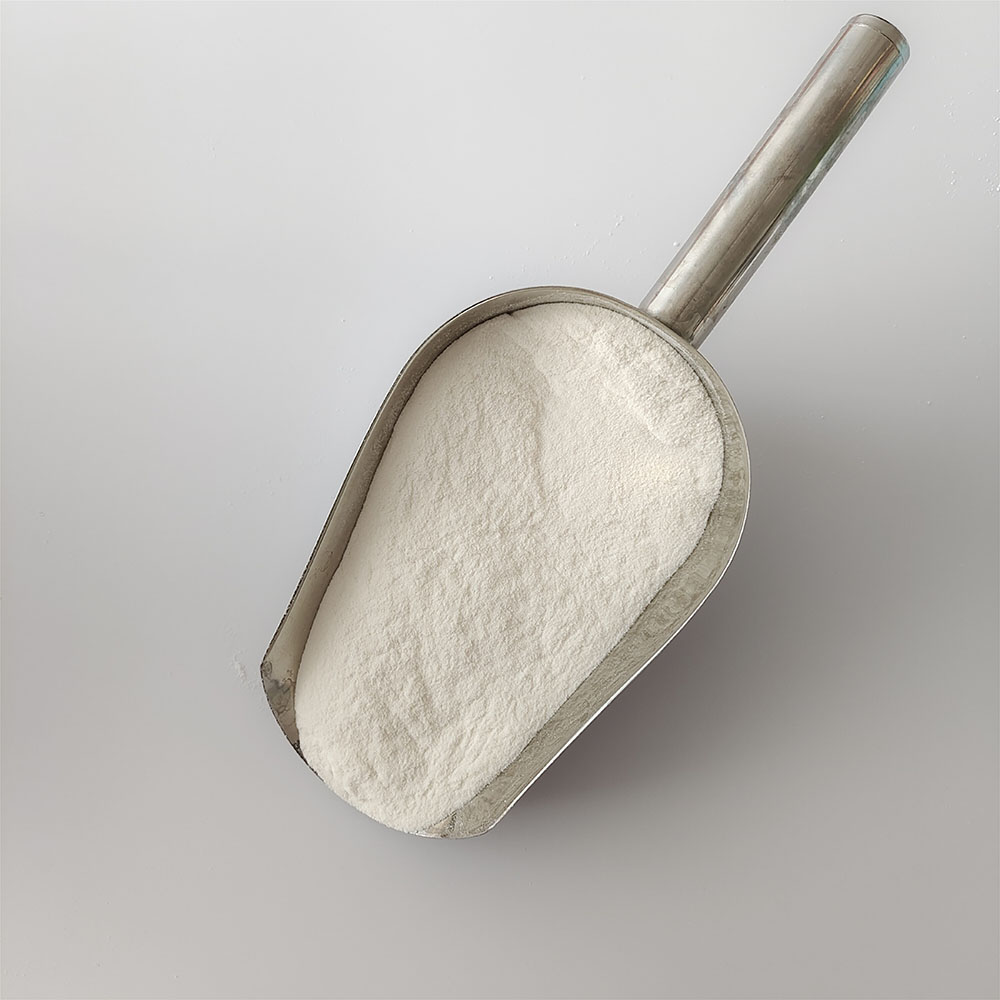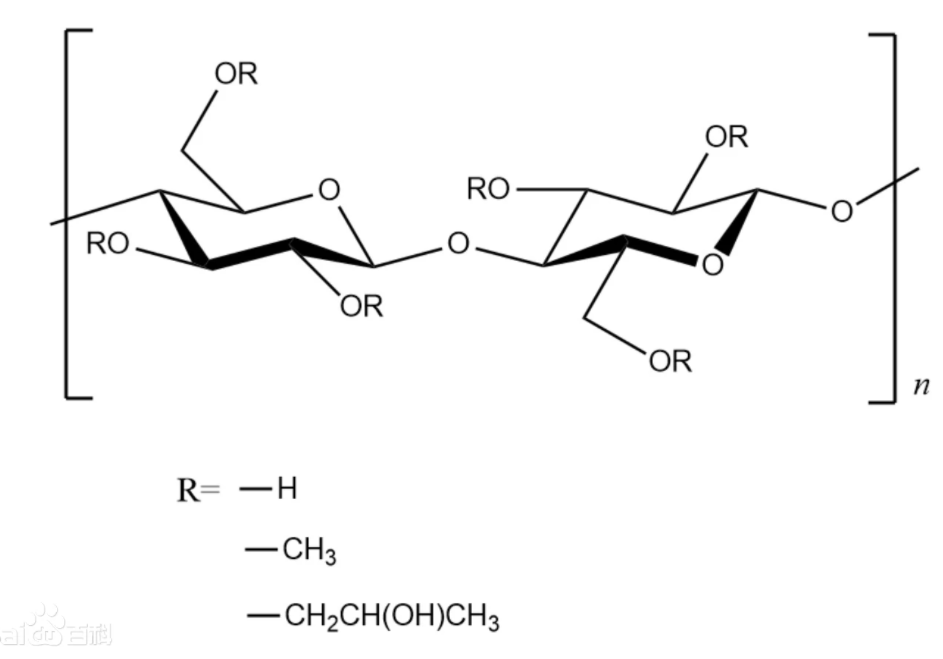
Hydroxypropyl methyl cellulose (HPMC), the raw material cellulose, can be refined cotton or wood pulp. It is necessary to pulverize it before or during the alkalization process. The pulverization is done by mechanical energy. Destroy the aggregated structure of cellulose raw materials to reduce crystallinity and polymerization degree and increase its surface area, thereby improving the accessibility and chemical reaction ability of the reagents to the three hydroxyl groups on the cellulose macromolecular glucose ring base.
Hydroxypropyl methyl cellulose (HPMC) is used as the raw material substrate to produce oil, which can realize the utilization of whole sugar, improve the utilization rate of raw materials, reduce the residual amount of substrate in the fermentation broth, and reduce the cost of wastewater treatment. The characteristics of methyl cellulose are conducive to the optimization of batch, fed-batch and continuous fermentation processes, avoiding a series of problems such as controlling the composition of the medium and the dilution rate; at the same time, it is also conducive to the regulation of the fermentation process. Because the properties of hydroxypropyl methyl cellulose (HPMC) are similar to other water-soluble ethers, it can be used as a film-forming agent, thickener, emulsifier and stabilizer in latex coatings and water-soluble resin coating components, making it possible to make coatings The film has good abrasion resistance, levelling properties and adhesion, and has improved surface tension, stability to acid and alkali, and compatibility with metallic pigments.
Hydroxypropyl methyl cellulose (HPMC) has a good effect as a thickener for white water-based polyvinyl acetate coatings. The degree of substitution of cellulose ether is increased, and the resistance to bacteria and erosion is also enhanced.

Although the principle of the etherification synthesis of hydroxypropyl methylcellulose (HPMC) is not complicated, it is alkalization, raw material crushing, and alkalization. The various environments of etherification, solvent recovery, centrifugal separation, washing and drying involve a large number of key technologies and rich knowledge.
For different types of products, each environment has the latest control conditions, such as temperature, time, pressure and material flow control. Auxiliary equipment and control instruments are a reliable and beneficial guarantee for stable product quality and reliable production system.
Product characteristics of hydroxypropyl methyl cellulose:
1. Properties: This product is a white powder, and is odorless, tasteless and non-toxic.
2. Water retention effect: Because this product can absorb water several times heavier than itself. Maintain high water retention in mortar, gypsum, paint and other products.
3. This product can be dissolved in cold water to form a transparent viscous solvent.
4. Dissolution in organic solvents: Because it contains a certain amount of hydrophobic genes, this product can be dissolved in some organic solvents, and it can also be dissolved in mixed solvents of water and organic matter.
5. Salt resistance: Since this product is a non-ionic and non-polyelectrolyte, it is relatively stable in aqueous solutions of metal salts or organic electrolytes. In the case of too much electrolyte, it may cause gelation or precipitation.
6. Surface activity: The aqueous solution of this product has surface activity.

Post time: Nov-29-2021

